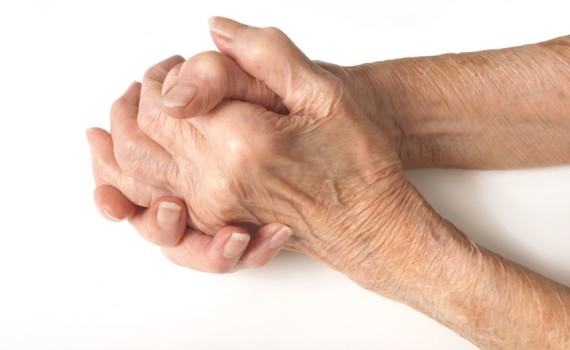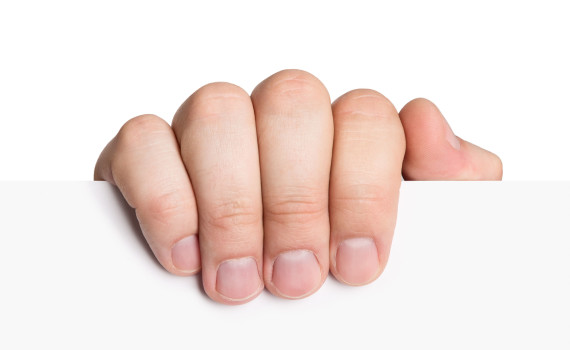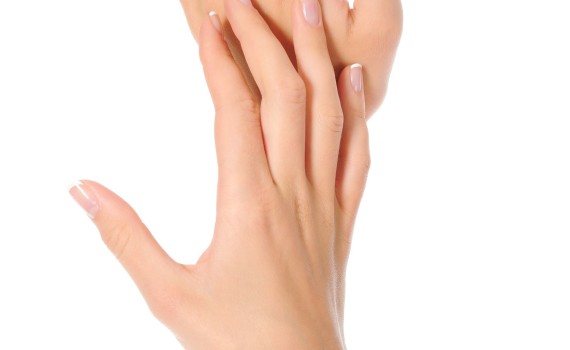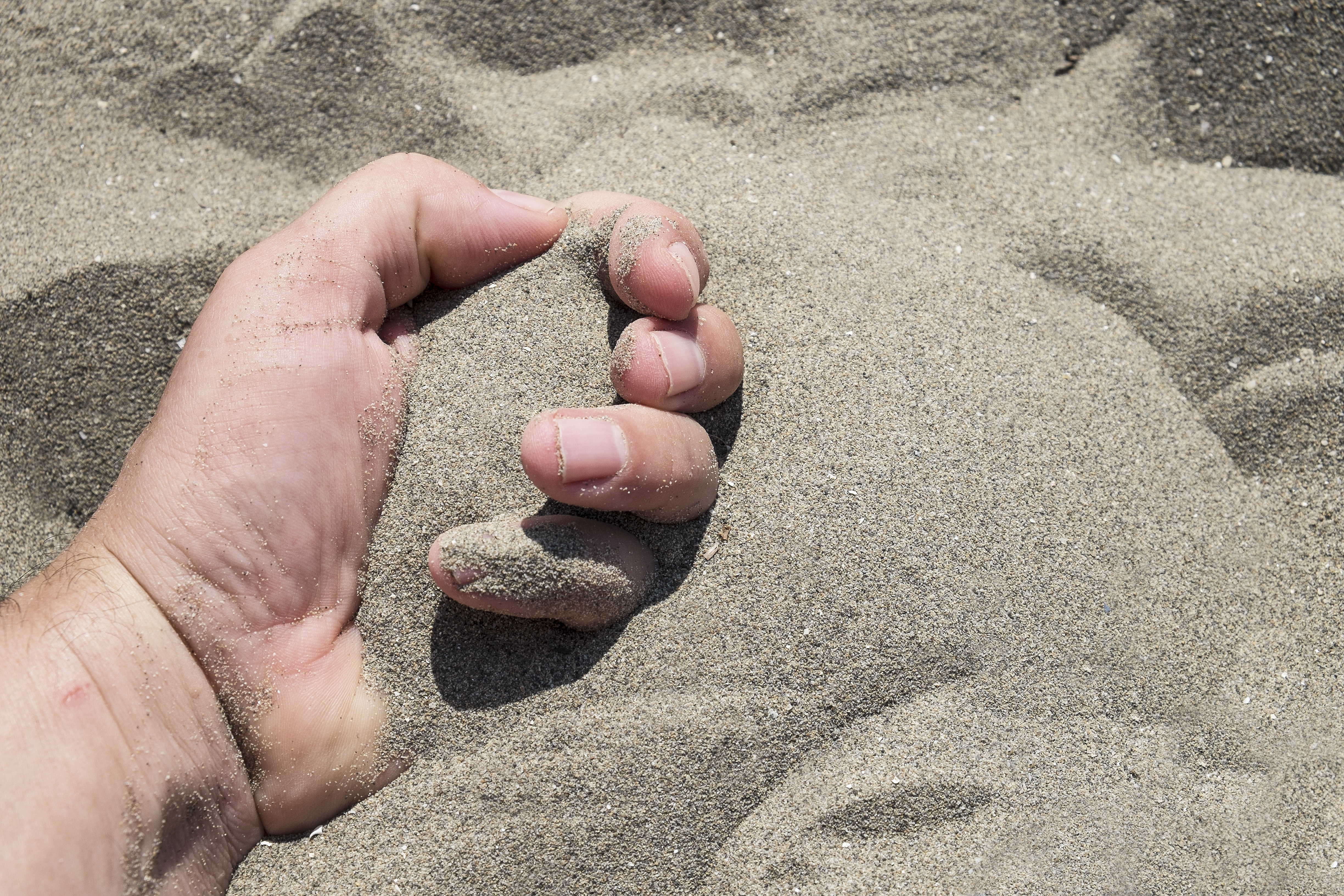
Dealing With Hand Cramps At Work
Despite the fact that nearly all of us have dealt with hand cramps at some point in our lives, most don’t understand the causes of these cramps and, therefore, are lacking the understanding of how to prevent this common pain.
What Are Cramps — Why Do They Happen
Involuntary muscle contractions in the hands are called spasms. When these spasms continue for a prolonged period of time, cramps ensue. So, in a nutshell, your hand cramps are the result of repeated muscle spasms. The causes of these spasms can include poor blood supply, arthritis, nerve compression, and mineral deficiency (among others). When it comes to hand cramps at work, overuse is the most common cause. The repetitive motions we make as we type and work can cause the muscles and nerve to become overused and spasm until we feel cramping. A New Jersey Hand and Wrist specialist can accurately diagnose the cause if your cramps are severe and persistent. Call today to request an appointment if you believe an injury or arthritis might be to blame. Otherwise, read on to learn how to prevent this painful cramping.
Preventing Hand Cramps At Work
There are a few techniques workers can use to reduce the likelihood of cramping at work. These include the following.
Revising Your Typing Technique: Using the proper technique for typing will reduce the stress on your hands, wrists, and fingers. This reduction of stress will reduce the likelihood of cramps.
Stay Hydrated: Staying hydrated is key to the proper functioning of your muscles and tendons. Dehydration is one of the most common causes of cramping. Opt for water instead of sugary sodas or coffee.
Take Regular Breaks: If possible, take regular breaks. Whether this means taking a walk to discuss plans with a coworker or walking around the block for lunch, this break will give your hands a rest and prevent overuse injuries, including cramping.
Embrace The Warmth: Once a cramp hits, prevent it from getting worse by applying a warm compress to the painful area. The heat will relax the muscles and stop the spasms.
Contacting a NJ Hand And Wrist Specialist
If your hand pain is severe and isn’t responding to medication or massage techniques, a more serious injury may have occurred and might require a tendon or ligament repair. Call us at New Jersey Hand and Wrist to consult with a specialist to get the treatment you need.









